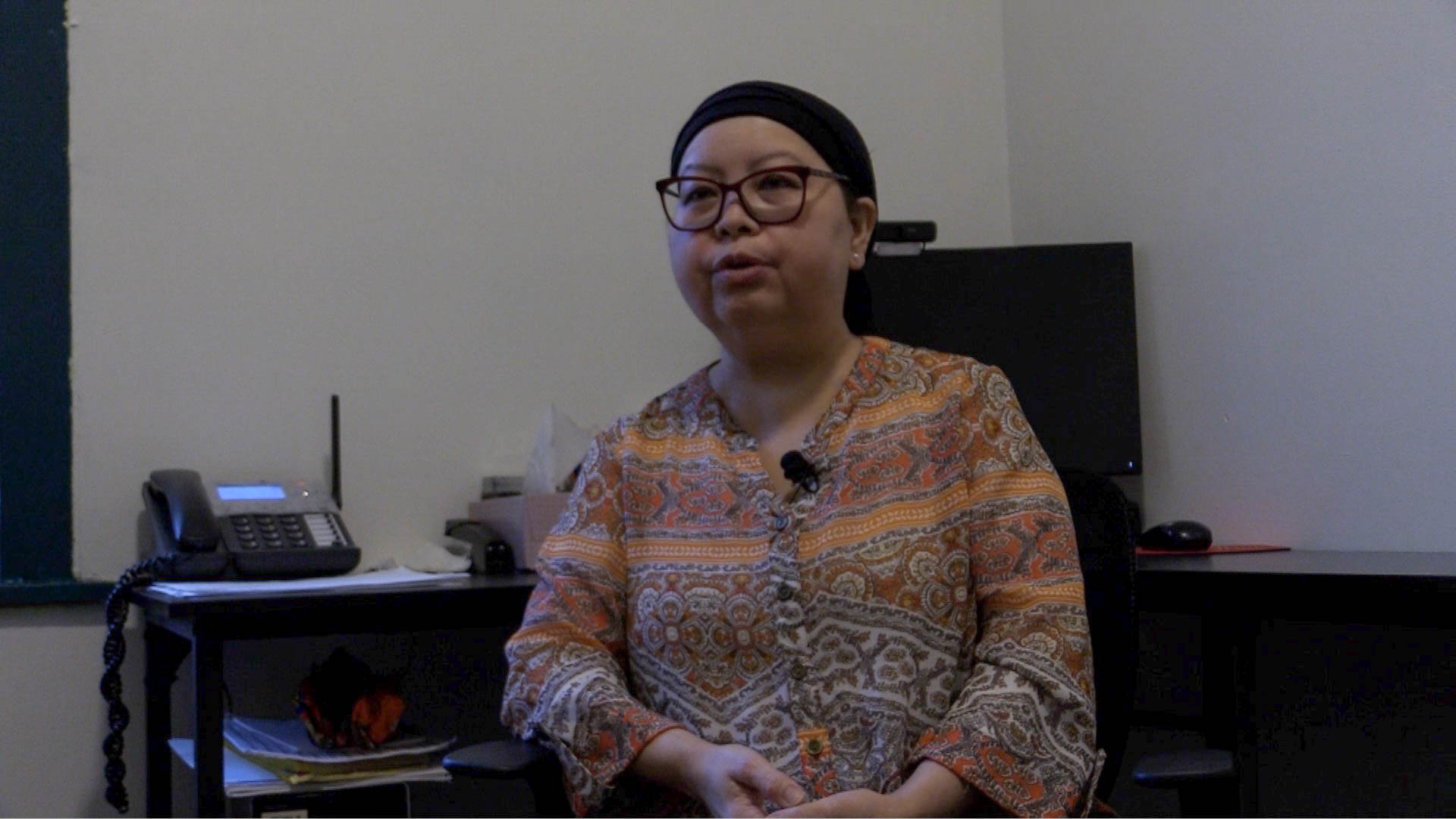The tight grasp that police held on the eastern Brooklyn projects in the community of Brownsville has loosened. The majority of residents are no longer living in fear that a simple handshake could be mistaken for a drug deal or that a group of friends together, would garner police attention.
“Before people use to be inside mad early no hanging out in groups together, police even used to stop you in your building,” said Otis Williams, 45, a Brownsville public housing resident. “When stop and frisk were active everyone got stopped, mothers with strollers even, it was almost third world over here.”
Crime in the area has drastically fallen, down eight percent due to a new looser tactic by police called Omnipresence, which places an officer on almost every street corner. Massive flood lights also stand guard where police are not present. Before it was deemed unconstitutional, New York City Police for nearly a decade used a stop and frisk strategy to curb violence in one of New York City’s most dangerous areas.
Even with a looser policy of policing in Brownsville, some residents agree that a strong police presence is needed for safety, but at the same time, that presence can be overbearing.
“It like everywhere you turn there is a cop, they don’t mess with you like before,” said Williams. “I mean they are needed crazy things happen every day over here, but I gotta question do we live in the tenement yards, this not Nazi Germany.”
Joanette Kingwood, Assistant Director at the Tilden Community Center, said she worries about the safety of her two boys ages 22 and 24. She shares that the police have antagonized her boys with threatful language, almost baiting them to fight.
“I have two boys, and even though they know what to do when the cops stop them, it’s what the cops say to them that is bad and affects them,” said Kingwood. “My youngest one stays in the house a little more. Sometimes they see the officers, and they go in a different direction. That’s bad.”
Kingwood is not against the police presence in the neighborhood and agrees that it is needed. As a long time resident of the Brownsville community, she uses her time to mentor the kids who live in the surrounding buildings and provide them with a free and safe space where they can play games or watch movies.
According to the New York Times under Mayor Michael R. Bloomberg, the number of street stops soared as they became a cornerstone of his administration’s anti-gun efforts. The stops mostly turned up nothing but became a fact of life for young black and Hispanic men in high-crime neighborhoods, and public housing projects.
Juan Del Toro, a doctoral candidate at New York University’s Steinhardt School of Culture, Education and Human Development, who studies the working of policing in urban communities, said that there isn’t a correct science to policing high crime areas, but police have to know that a constant eye on the community makes them wary of them.
“We don’t have a strong evidence-driven understanding of which police practices are positive and which are negative– we already know which are negative such as stop and frisk,” he said. “A lot of the time in the community when the stop is not being solicited, and community members are just living their lives, all of a sudden police officer comes and ask what are they are doing, and kind of starts labeling people almost as something is wrong, this starts to breed distrust.”
Imani Hall, 22,of Brownsville, said that she has been stopped five times in the last year while just running to catch the train. It’s worse for her if she has a hood on.
“It’s usually the same office that stops me, by now he knows I’m running to catch the train to go about my day, she said. “I’m telling them I’m running for the train. And the police officer will hold me there until the train goes by and then he’ll let me go.”
She said that when it comes to her trust of the police, she is split in her decision. She told of a story where a friend of hers was shot in their building and laid on the floor dying. Two officers were a few feet away and did nothing to assist her friend.
Joseph Washington 13, grew up during the height of stop and frisk. He said she hasn’t talked with him about how to deal with if he is stopped, but he is old enough to access how to survive in his community.
“I mostly stay inside I watch things happening in my neighborhood, I hear the fights,” he said. “My goal is to survive, stay safe and make it out of here one day.”
The local precinct, the 73rd did not respond for comment to tactics and if other strategies are being considered to address crime in the community.
